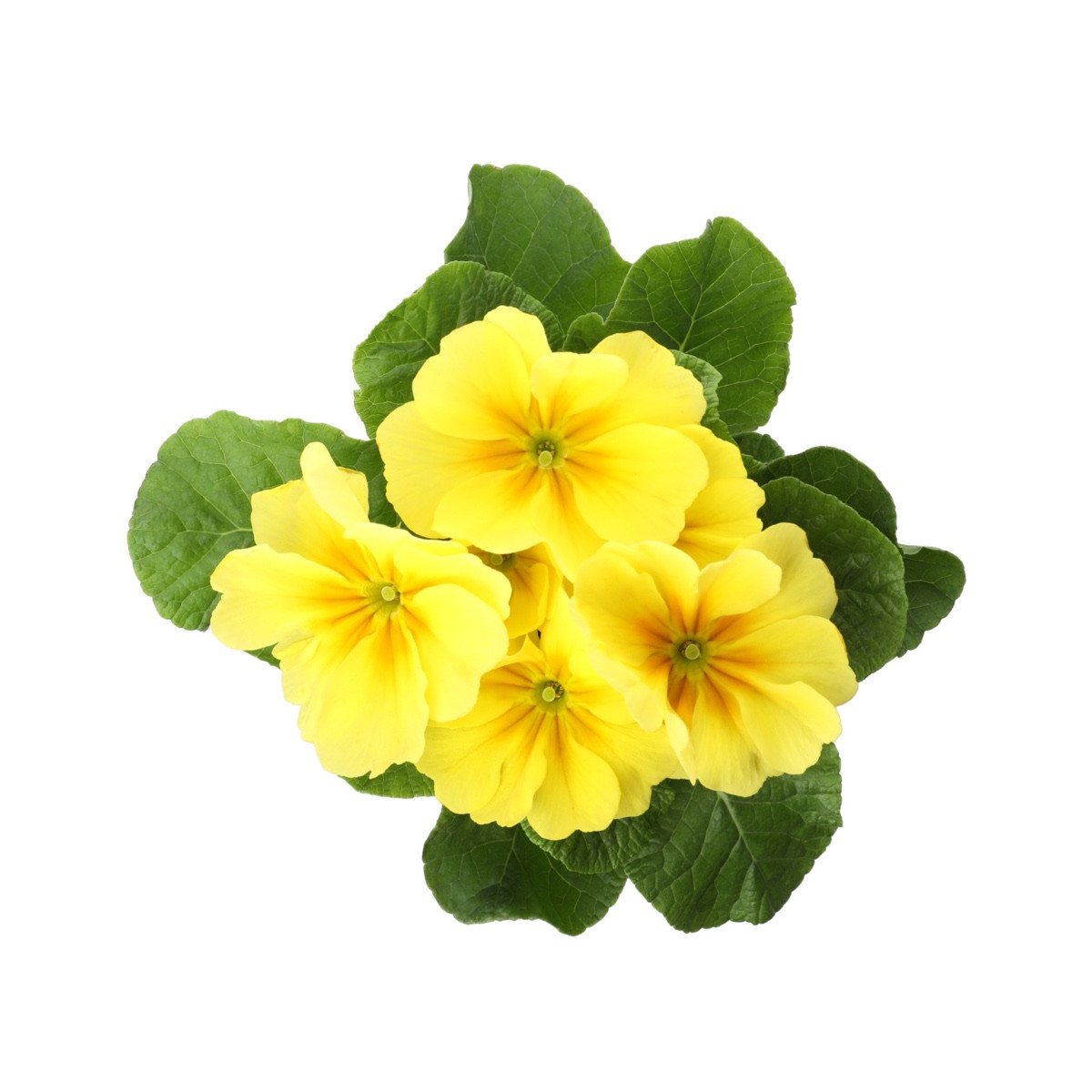Primula

Primula
Primulaceae
Plant family
Primrose family (Primulaceae)
Season Overview
Propagating
Planting
Harvest
Harvest
J
F
M
A
M
J
J
A
S
O
N
D
1ST YEAR
FOLLOWING YEARS
Details
Light requirement
Semi-shaded
Water requirement
Moist
Soil
Medium (loamy)
Nutrient requirement
Low
Light germinator
Germination temperature
10 - 15 °C (Degrees Celsius)
Plant distance
30 cm
Row spacing
30 cm
Seeding depth
1 cm
Instructions
Description
The genus Primrose belongs to the family of primroses (Primulaceae). There are about 500 species of primroses. They are herbaceous, mostly perennial plants and produce white and yellow, in alpine regions more pink, red-purple and blue flowers. They are cultivated as ornamental and medicinal plants. Insect friendly.
Origin:
Mostly Europe, Asia, North America. More than 50% of the species originate from the Himalayas.
Growing tips
Most species are frost resistant. Easy to care for. Caution. The contact allergen Primin is found in many species and can cause skin irritation and allergic reactions. Therefore, it is best to wear gloves. Good with tulips, daffodils, violets, daisies, ranunculus, bellis, moss, ivy, ferns, late-flowering perennials or ornamental grasses, and also as underplanting for trees, hedges and shrubs. Some species self-sow by seed or rhizomes, but this can also be done by hand by division or sowing. Planting is best in spring or fall (September). Remove wilted plant parts. Cold and light germinators. Germination after 2-3 weeks at 10-15°C.
Antagonistic Plants
No antagonistic plants
Diseases
Dry rot of crucifers
Root Rot
Downy mildew
Powdery mildews
Grey mold
Pests
Land snails
Spider mites
Leaf-miner flies
Aphids